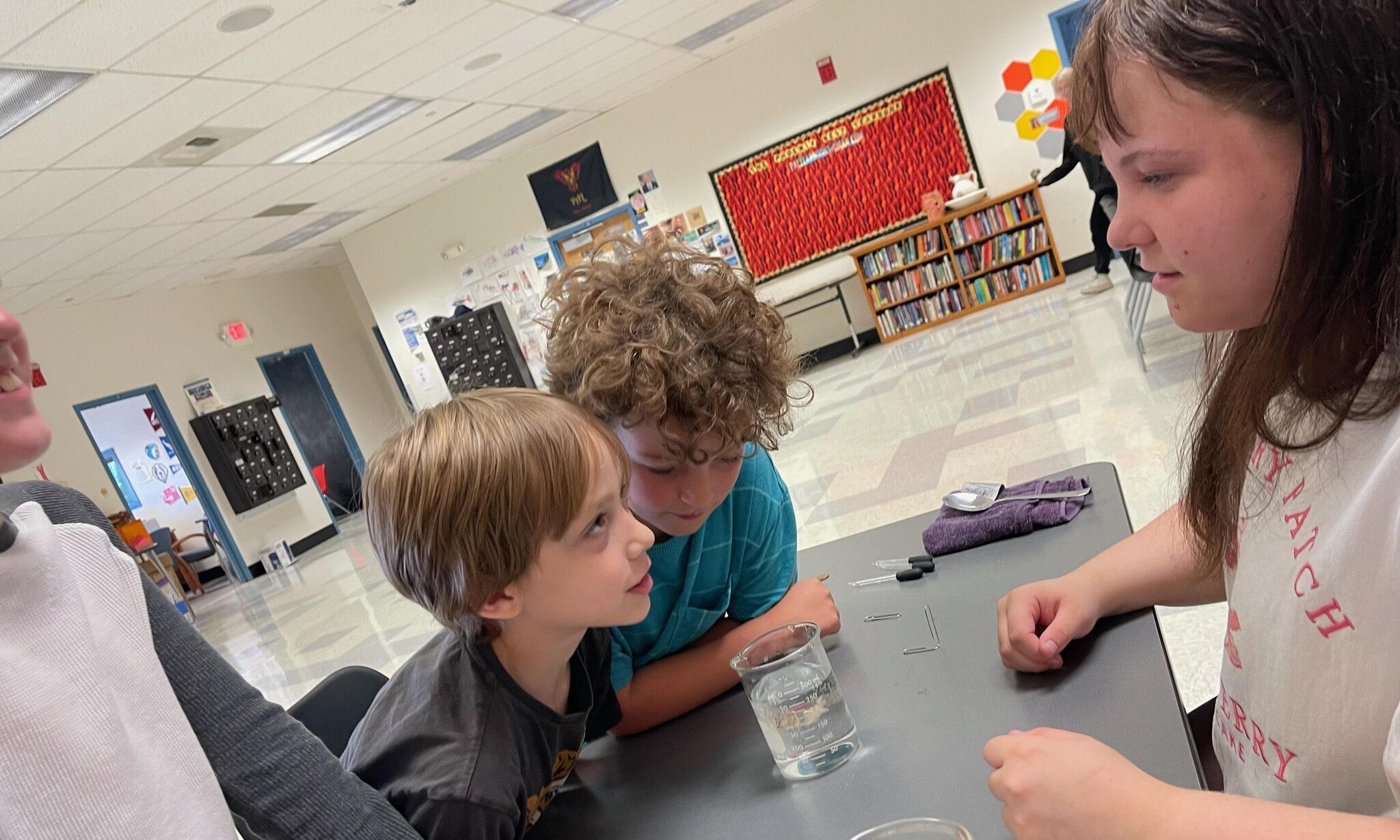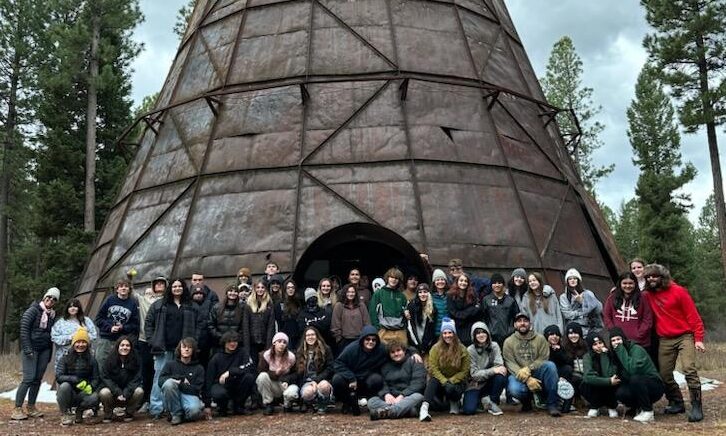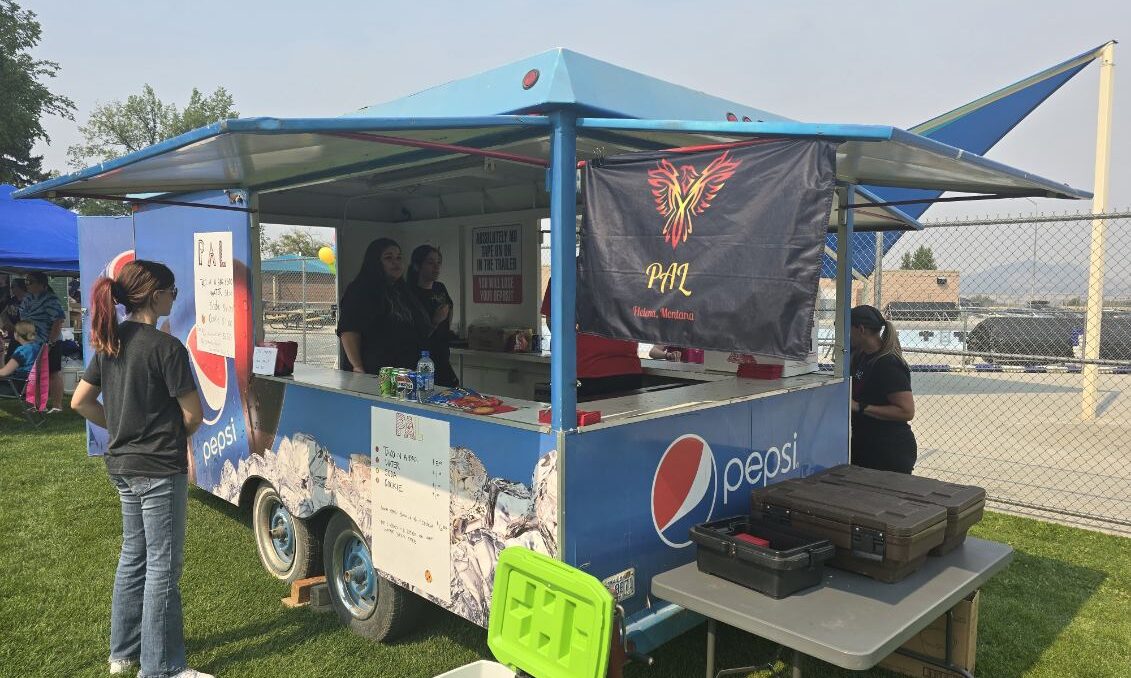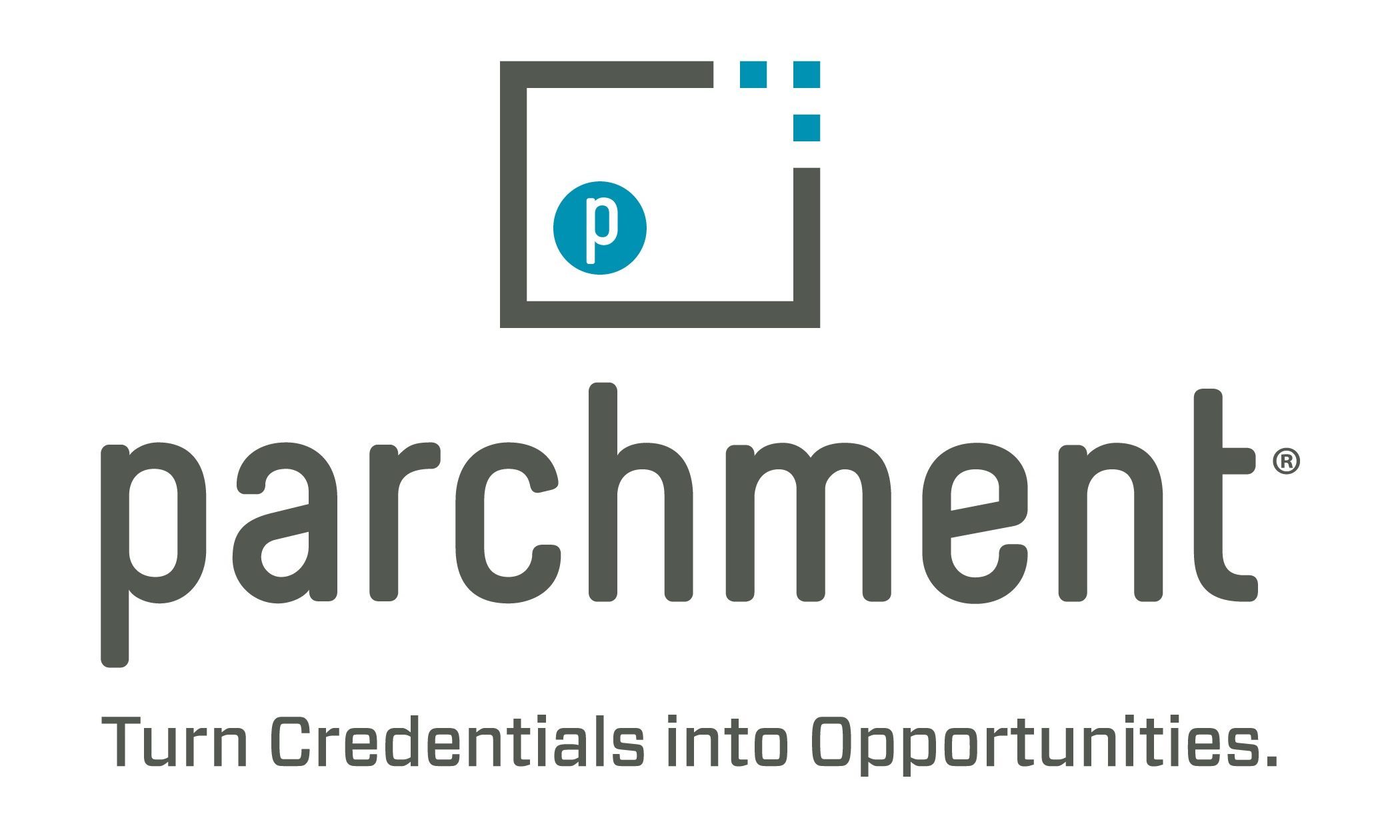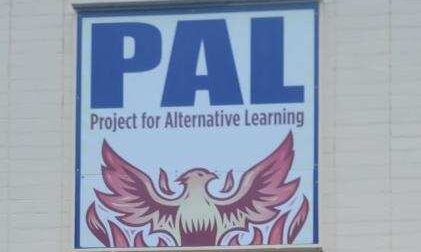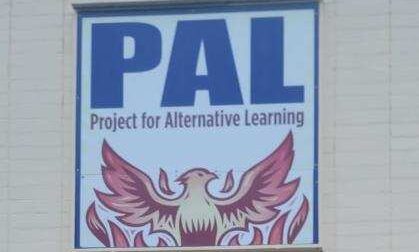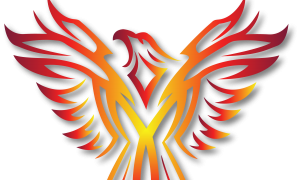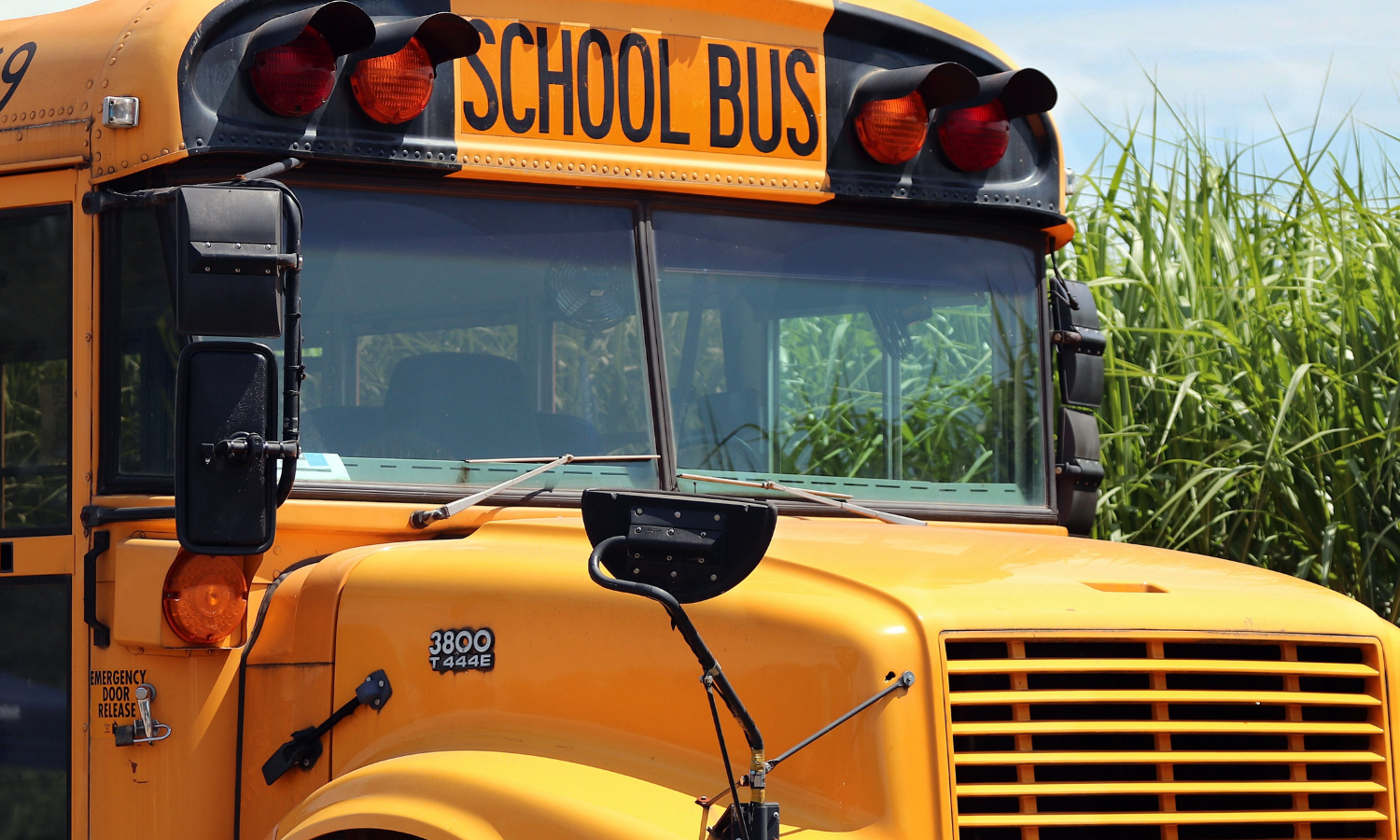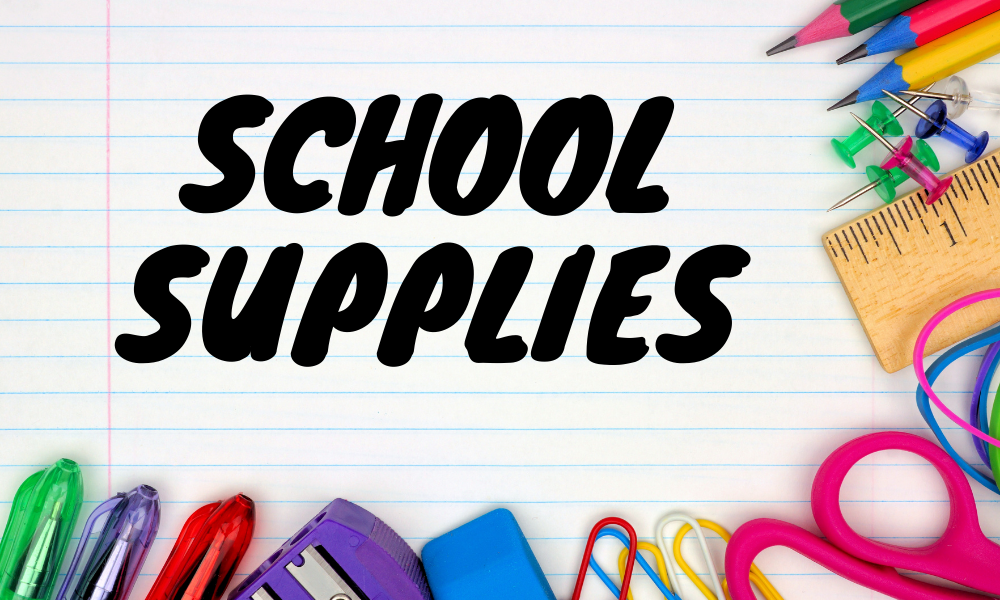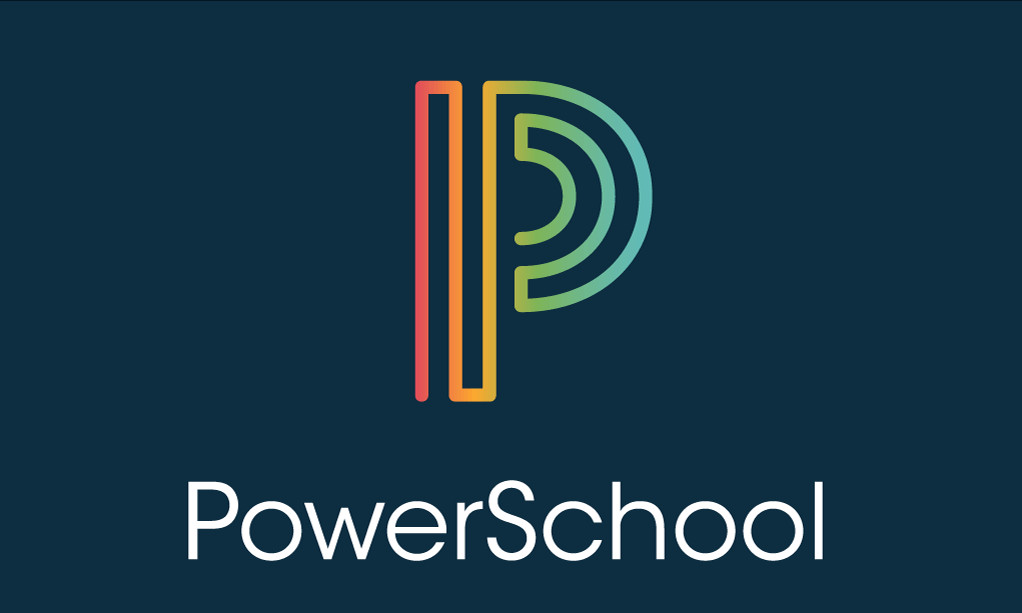Matthew Carey
Principal
406-324-1632
mcarey1@helenaschools.org
Dara Kittelmann
Administrative Secretary
406-324-1630
dkittelmann@helenaschools.org
Fax: 406-324-1631
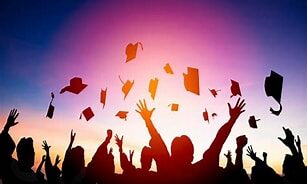
Graduation
Date: June 5, 2026
Location: HMS
Time: 1:00 p.m.
Hello PAL Community, 12/05/25
Doesn’t it seem like we just started the school year? Yet today we find ourselves with those cold winter temperatures, students registering for semester two dual enrollment classes and nearly at the halfway point of the school year! These seemingly minor details all point towards one thing – we are continuing to keep our kids engaged in school and make progress towards completing their high school credit requirements. That, graduating, is no minor thing!
A big thank you to Brooke Kupcho for helping our students connect with the Helena College dual enrollment folks to enroll students in their next round of classes. The high school to post high school education connection we have with schools like Helena College is as strong as it is because of great relationships with those entities. I am always excited to see how many students take advantage of the 1-2-free opportunities they have available to them and to take ownership in their future. Similarly, Kelly Watne has done a tremendous job with our Edgenuity students. Some work with her on classes for credit recovery, others as a study hall period to continue to make good progress on their PAL classes, and a few students use her expertise to help with those aforementioned dual enrollment classes. Every time a student works with her, they come out better for it and we appreciate all she does to help keep our students motivated and plugging along in their courses. Thank you, Kelly!
Next Wednesday and Thursday students will take the MAP assessment for a winter benchmark. Those tests provide valuable data on academic progress and areas to be considered as we offer classes and students think about their future educational goals. These numbers are reported during PAL reviews and give tremendous insight into how each student is doing academically.
Personally, I have been in Spokane the past few days with members of the district and Helena High teams to see what modern schools like, feel and can look like for students and the community. I’ve been joined by PAL teacher Sheila Richmond and am grateful for her thoughts and perspectives to what may be beneficial for our students in a new PAL environment. It has been a tremendously eye-opening experience and given many of us on the trip things to consider as these new buildings start to take shape and be built. If you would like to learn more about the process or offer your thoughts about what things might be beneficial for future PAL students, please feel free to contact me at any time. I have found in my conversations with school staff and students in Spokane that sometimes the best perspectives come from those who ask questions, wish to know more, or offer insight on something that may have not been originally considered. There are many factors to be considered when a school building is being constructed, I’ve found out, and no detail is too small to not be considered!
Thank you as always,
Matt Carey
406-324-1632
F/R Application – Free and reduced priced school meals application
My MealTime – check lunch balances, deposit money
Block 5 Course Descriptions
Ryan:
World Affairs
Since 2005, Academic WorldQuest (AWQ) has provided over 4,000 Montana students with an immersive global experience and the opportunity to engage in a wide range of interactive, international education programs. The Montana AWQ program is widely recognized as one of the nation’s best: being the largest in the country, the only multi-day conference, and completely free to all schools- offering scholarships to schools to help cover the cost of transportation, lodging, and substitute teachers. Over the coming months, students in this class will be working through the expansive study guide, looking at daily current events and prepping for the conference and competition this coming March in Missoula!
Social Studies Standards
- SS.G.6-8.2 identify the location of places and regions in the world and understand their physical, political, and cultural characteristics
- SS.G.6-8.3 analyze maps and charts from a specific time period to understand an issue or event
- SS.G.6-8.4 explain how the environment and geographic features have affected people and how people have affected the environment throughout Montana, the United States, and the world
- SS.G.6-8.5 explain the role and impact of spatial patterns of settlement and movement in shaping societies and cultures, including Indigenous cultures
- SS.G.6-8.6 identify how the historical and contemporary movement of people, goods, and ideas from one area can impact change, conflict, and cooperation in other areas
- SS.G.6-8.7 identify the cultural roots of major world regions
History Standards
- SS.H.6-8.1 explore complex civilizations, and identify elements of change and continuity across historical eras in Montana, the Americas, and world history
- SS.H.6-8.2 analyze how the historical events relate to one another and are shaped by historical context, including societies in the Americas
- SS.H.6-8.3 analyze how, since European contact, historical events and policies have mutually impacted American Indian and European societies
- SS.H.6-8.6 understand that there are multiple perspectives and interpretations of historical events
- SS.H.6-8.7 analyze how people’s perspectives shaped the historical narratives they created
- SS.H.6-8.8 identify limitations and biases in primary and secondary sources, specifically regarding misinformation and stereotypes
- SS.H.6-8.9 understand that the questions people ask shape the conclusions they reach
US Government Standards
- SS.CG.6-8.1 explain a variety of forms of government from the past or present
- SS.CG.6-8.6 demonstrate that the United States government includes concepts of both a democracy and a republic
- SS.CG.6-8.7 employ strategies for civic involvement that address a state or local, or national issues
Archery
Emily and Ryan, having been recently certified as NASP (National Archery in Schools Program), PAL is proud to offer an archery class! NASP Is an in-school program aimed at improving educational performance among students in grades 4 – 12. Students learn focus, self-control, discipline, patience, and the life lessons required to be successful in the classroom and in life. Students in this class will be traveling to Montana Wild to use their indoor range.
Health Standards
- Develop a plan to attain a personal health goal that addresses strengths, needs, and risks
- Assess personal health practices and overall health status
- Implement strategies and monitor progress in achieving a personal health goal
- Formulate an effective long-term personal health plan
- Discuss ways to advocate for a variety of healthy practices and behaviors that will maintain or improve the health of self and others
- Analyze the role of individual responsibility for enhancing health
- Advocate for behaviors and practices that will support others in making positive health choices
- Work cooperatively as an advocate for improving personal, family, and community health
PE Standards
- Refine activity-specific movement skills in one or more lifetime activities
- Exhibit competency in two or more specialized skills in health-related fitness activities
- Identify and discuss the historical and cultural roles of games, sports, and dance, including those of traditional and contemporary American Indian cultures
- Analyze the impact of life choices, economics, motivation, and accessibility on maintaining physical activity in college or career settings
- Create a plan, train for and participates in a community event with a focus on physical activity, including those of American Indian cultural traditions
- Analyze the health benefits of a self-selected physical activity
Congress
The purpose of this class is to introduce students to the structure of Congress and its legislative process. Students will begin to understand the roles played by the Democratic and Republican parties, congressional leaders, committees and other groups to which members of Congress belong, as well as the formal process of lawmaking and differences between the House and Senate. This class includes an introduction to the legislative process, Article I of the US Constitution and current events galore!
US Government Standards
- SS.CG.9-12.1 analyze and evaluate the ideas and principles contained in the foundational documents of the United States, and explain how they establish a system of government that has powers, responsibilities, and limits
- SS.CG.9-12.2 analyze the impact of constitutions, laws, treaties, and international agreements on the maintenance of domestic and international relationships
- SS.CG.9-12.6 evaluate the American governmental system compared to international governmental systems
- SS.CG.9-12.8 evaluate appropriate deliberative processes in multiple settings SS.CG.9-12.9 evaluate government procedures for making decisions at the local, state, national, tribal, and international levels
History Standards
- SS.H.6-8.1 explore complex civilizations, and identify elements of change and continuity across historical eras in Montana, the Americas, and world history
- SS.H.6-8.2 analyze how the historical events relate to one another and are shaped by historical context, including societies in the Americas
- SS.H.6-8.3 analyze how, since European contact, historical events and policies have mutually impacted American Indian and European societies
- SS.H.6-8.6 understand that there are multiple perspectives and interpretations of historical events
- SS.H.6-8.7 analyze how people’s perspectives shaped the historical narratives they created
- SS.H.6-8.8 identify limitations and biases in primary and secondary sources, specifically regarding misinformation and stereotypes
- SS.H.6-8.9 understand that the questions people ask shape the conclusions they reach
Michele:
Holiday Satire–ENG
In this humorous, reflective course, students explore how holiday satire reveals cultural truths. Using David Sedaris’s SantaLand Diaries, select SNL sketches, and National Lampoon’s Christmas Vacation, students analyze how irony, parody, and tone shape meaning across written, performed, and cinematic texts. Aligned to ELA 11–12 standards, the course builds skills in close reading, rhetorical analysis, and comparing author’s craft—all while having a bit of seasonal fun.
English Standards:
RL.11–12.3 – Analyze the impact of author’s choices (structure, character, pacing).
RI.11–12.6 – Evaluate the author’s reasoning, rhetoric, and use of satire to achieve purpose.
SL.11–12.1 – Participate in collaborative discussions about satire across media.
L.11–12.5 – Demonstrate understanding of figurative language, satire, irony, and nuance.
Nidra & Neurology–ENG/SCI/HE
This collaborative course explores Yoga Nidra through hands-on practice and interdisciplinary study. Students learn the neurology behind deep rest—including parasympathetic activation, stress regulation, and brainwave states—while analyzing texts that explain the science of the practice. The class features a guest speaker, guided Yoga Nidra sessions at local studios at The Studio and Gentle Healing, and a restorative sound bath experience. Through reflection, discussion, and evidence-based inquiry, students develop a holistic understanding of how mindfulness, neuroscience, and well-being intersect.
English Standards:
RI.11–12.9 – Synthesize ideas across sources to evaluate claims about Yoga Nidra’s benefits.
W.11–12.2 – Write explanatory texts that connect scientific concepts to mindfulness practice.
SL.11–12.1 – Engage in discussions about brain science, stress, and mindfulness practices.
Science Standards:
HS-LS1-2 – Structure and function: Investigate how nervous system structures support regulation and homeostasis.
HS-LS1-3 – Feedback mechanisms: Examine how parasympathetic activation reduces stress responses.
Health Standards:
Analyze the interrelationships of physical, mental, emotional, family, and social health — This fits well with how Yoga Nidra helps students understand mental/emotional regulation and its effect on physical health.
Analyze human body systems, their function and their interrelationship with one another — Yoga Nidra and the neuroscience behind it directly touch on body systems (e.g., the nervous system) and how they work together.
Evaluate the validity of health information, products, and services — With a guest speaker and scientific texts, students can critically assess claims about stress management, brainwave states, and mindfulness practices.
Marie:
OR Careers – Exploration – English
Students will use information from their assessments class to research careers that match their interests, values, personality and learning styles. They will complete a review of six possible jobs, prepare a PowerPoint on a career of their choice and write a short essay on their career option.
Self-Assessment – Achievement Standard:
Apply knowledge gained through individual assessment to develop a comprehensive set of goals and an individual career plan.
- List positive characteristics about yourself;•Identify personal likes and dislikes; personal, physical and mental characteristics; and individual talents and interests; • Correlate personal, physical, and mental characteristics with the requirements of various career opportunities; • Complete a variety of standardized interest and career assessments
- Compare personal skills and aptitudes with various career options;• Assess and analyze personal talents and interests to future careers;• Determine attitudes needed for career success
NATIONAL STANDARDS FOR BUSINESS EDUCATION
Career Development
- Strategic Career Planning
- Career Exploration & Research
III. Career Readiness Expectations
Communication
- Interpersonal Skills
- Employment Communication
Economics & Personal Finance – Personal Finance
- Personal Decision Making
Management
- Personal Management Skills
- Human Resource Management
Written Communication – Achievement Standard:
Prepare clear, complete, concise, correct, and courteous written messages for personal and professional uses.
- Communication competencies such as reading andcomprehendingwritten communications and information
- Use correct spelling, grammar, word, and number usage,punctuationand formatting
- Adapt language and style for specific audiences
- Proofread business documents to ensure that they are clear, correct, concise, complete, consistent, and courteous
- Identifyfactors affecting the readability of text
NATIONAL STANDARDS FOR BUSINESS EDUCATION
Communication
- Foundations of Communication
III. Written Communication
- Employment Communication
Information Technology
- Input Technologies
VIII. Digital Media
Management
- Personal Management Skills
Personal Finance – Gig Economy – Crafts
Resource Material: NGPF.org
Students will make various craft items using the Cricut Maker, Permanent Vinyl and other materials to see how people earn money through crafting.
NATIONAL STANDARDS FOR BUSINESS EDUCATION
Economics & Personal Finance – Personal Finance
- Personal Decision Making
III. Managing Finances and Budgeting
VIII. Protecting Against Risk
Financial Literacy
Financial literacy provides students with the knowledge and skills to manage their financial resources effectively for lifetime financial security.
Achievement Standard:
Analyze income sources and steps to protect personal and financial information.
Objectives
- Understand various sources of income
Careers – Keyboarding through Google Docs
Students will be using Edutyping.com; Nitrotyping; and Google Docs – BE Publishing; to learning proper keyboarding skills, improve their confidence keyboarding, and keyboarding and editing in Google Docs.
Keyboarding or Input Technology
Achievement Standard:
Use various input technologies to enter and manipulate information appropriately including but not limited
keyboarding and mouse.
Objectives
- Develop touch keyboarding techniques; • Develop touch keyboarding skills at acceptable speed and
accuracy levels of 30 wpm with five (5) or fewer errors; • Proofread and edit copy for accuracy, content, correct
grammar, spelling, and punctuation; • Use pointing devices such as the mouse
NATIONAL STANDARDS FOR BUSINESS EDUCATION
Communication
- Foundations of Communication
III. Written Communication
Information Technology
- Input Technologies
Consumer Economics – Home for the Holidays Baking
Week 1 – No bake, nuts, and peanut brittle
Week 2 – Traditional holiday cookies
Week 3 – Cookies from other cultures
Montana State Standards CTE.9-12 (c) attend to personal health and financial well-being:
(i) evaluate validity of health and financial information, products, and services;
(ii) analyze financial practices including budgeting, banking, savings, investments
Personal Finance – Credit
Week 1: Credit Reports, Credit Scores, Credit Cards
Week 2: Credit Card use during the holidays/budgeting
Week 3: Safe online shopping and protecting your identity
NATIONAL STANDARDS FOR BUSINESS EDUCATION
Economics & Personal Finance – Personal Finance
- Earning and Reporting
- Banking and Financial Institutions
VII. Using Credit
VIII. Protecting Against Risk
Information Technology
III. Digital Citizenship
Achievement Standard:
Evaluate services provided by financial deposit institutions.
Objective
- Identifythe difference between debit cards, credit cards, and other banking services
NATIONAL STANDARDS FOR BUSINESS EDUCATION
Economics & Personal Finance – Economics
III. Economic Institutions and Incentives
Economics & Personal Finance – Personal Finance
- Banking and Financial Institutions
VII. Using Credit
Achievement Standard:
Analyze factors that affect the choice of credit, the cost of credit, and the legal aspects of using credit.
Objectives
- Understand the risks and consequences of borrowing money
- Compare installment and non-installment credit
- Identifythe advantages and disadvantages of using credit
Sage:
Pre-algebra
Pre-Algebra is a bridge between computational mathematics and Algebra. This course will build a foundation of algebraic concepts using technology, manipulatives, problem solving, and cooperative learning. We will focus on building logical thinking skills, estimation, and connections between math and everyday applications. This course is designed to prepare students for Algebra I.
Montana State Standards: 8.MP.1, 8.MP.2, 8.MP.4, 8.MP.5, 8.MP.6, 8.MP.7, 8.MP.8
Algebra 1 Robins
In this Algebra 1 course students will be introduced to basic algebraic skills and provided the foundation for all subsequent math courses. Topics include, but are not limited to, properties of real numbers, relations, linear functions, graphing equations and inequalities. This course lays the foundation for mathematical literacy that will help students be successful in every subsequent course in mathematics.
Montana State Standards: HS.MP.1, HS.MP.2, HS.MP.3 HS.MP.4, HS.MP.5, HS.MP.6, HS.MP.7, HS.MP.8
Algebra 1Eagles
Similar to Algebra 1 Robins, students will continue developing skills solving algebraic equations, inequalities, functions, and all their multiple representations. In this class, students will develop the ability to explore and solve real-world application problems, demonstrate the appropriate use of graphing calculators, and communicate mathematical ideas clearly.
Montana State Standards: HS.MP.1, HS.MP.2, HS.MP.3 HS.MP.4, HS.MP.5, HS.MP.6, HS.MP.7, HS.MP.8
Geometry
This course will cover various Geometry topics and principles, including coordinate and spatial geometry, introductory trigonometry, angles, parallel lines, congruent and similar triangles, polygons, circles, the Pythagorean Theorem, etc. We will also focus on problems that serve to review our Algebra skills and continue to develop critical thinking skills through various problem-solving and real-world situations.
Montana State Standards: HS.MP.1, HS.MP.2, HS.MP.3 HS.MP.4, HS.MP.5, HS.MP.6, HS.MP.7, HS.MP.8
Emily T:
Pen and Ink: this class will be a free-form 2-D (or 3-D for the advanced Ceramic student) offering in which students will make work that will be submitted to Pen and Ink magazine; an annual publication featuring art and literary submissions from CHS, HHS, and PAL. A variety of media will be available.
Each student will:
va1. develop plans for creating art and design works using various materials and methods from traditional and contemporary practices
va2. create art or design projects in response to contemporary issues that demonstrate an awareness of ethical implications of making and distributing creative works
va3. complete artworks or designs incorporating relevant criteria as well as personal artistic vision
va6. analyze an exhibit or collection’s impact on personal awareness of social, cultural, or political beliefs and understandings
va7. evaluate the effectiveness of an artwork as perceived by a variety of audiences
va8. defend an interpretation of an artwork or collections of artworks
va9. analyze a collection of artwork based on sets of criteria
va10. incorporate knowledge of personal, social, cultural, and historical life to create artworks
va11. compare uses of art in a variety of personal, societal, cultural, and historical contexts
OR Art: a continued introduction to our art classes with a focus on self-discovery. The orientation group will practice the art of Critique; discussing their own and others’ works. We will work individually and in groups to continue working on art pieces that illustrate who the students are.
each student will:
VA1. develop plans for creating art and design works using various materials and methods from traditional and contemporary practices
VA3. complete artworks or designs incorporating relevant criteria as well as personal artistic vision
VA5. apply appropriate methods or processes to display artwork in a specific place
VA7. evaluate the effectiveness of an artwork as perceived by a variety of audiences
VA8. defend an interpretation of an artwork or collections of artworks
VA10. incorporate knowledge of personal, social, cultural, and historical life to create artworks
Holiday Arts: This will be an opportunity for the students to create gifts and ornaments for the Holiday season. The focus will be on the creative process and how to effectively produce a nice product with a limited budget. A variety of skills will be utilized during this fun class.
Each student will:
VA1. develop plans for creating art and design works using various materials and methods from traditional and contemporary practices
VA3. complete artworks or designs incorporating relevant criteria as well as personal artistic vision
VA4. curate artifacts and artworks for presentation and preservation
VA5. apply appropriate methods or processes to display artwork in a specific place
VA7. evaluate the effectiveness of an artwork as perceived by a variety of audiences
VA8. defend an interpretation of an artwork or collections of artworks
VA9. analyze a collection of artwork based on sets of criteria
VA10. incorporate knowledge of personal, social, cultural, and historical life to create artworks
VA11. compare uses of art in a variety of personal, societal, cultural, and historical contexts
Heather:
Whistleblower: Students are going to “blow the whistle” on an issue (health related) they have a problem with or want to bring attention to. For example, students may choose to “blow the whistle” on the makers of Red Bull. Students will state what they see as the problem and do research on why they believe it’s a problem. If it’s an issue with Red Bull, what is the issue? Is the issue what the drinks are made with? Is the issue that any kid of any age can buy and drink Red Bull? Students will write a letter to whoever they are blowing the whistle on and state why with research to back it up. Students will then create a PowerPoint or poster or some multimedia to go along with their findings.
Puzzles and Posters: Students will choose a health topic to create a poster and puzzles on. For example, a student can choose the topic nutrition and make a poster about current nutritional standards for schools to follow. The posters will be hung up in the school, so they need to primarily be factual. Then, students will also create puzzles or games to go along with their posters/research. Students can create a maze, a word search, a crossword puzzle, a board game, or other ideas that go along with the health topic that someone else can “play” to learn some knowledge on the topic but also have a fun twist to it.
Yoga: Students will be participating in yoga each class period. Yoga is meant to help with both mental and physical health needs. Students need to wear clothes that are appropriate for yoga movements in this class. Shoes likely will be optional, but if shoes are worn, it should be an athletic shoe.
Storytime- Students will be creating a book for grade school students (grades 2-4 will be target audience). Students will be writing and illustrating their books. A hard back, blank book will be provided to all students in class. Students will write and illustrate the book about a health topic with an overall lesson related to health. For example, a student may write a story about a kid who learns the importance of getting enough sleep after not doing well in school due to a lack of sleep. Another example would be about a student learning to eat nutritious food after not having enough energy to participate in basketball because he ate sugar all the time. The books need to be done in an organized and neat manner with a very clear health lesson for youth, since the books will be read to younger students at Central Elementary School. The teacher will be ensuring the books are appropriate to be read to students at the elementary school and that will count as part of your class grade. Students who did not finish their books Block 4 can continue taking the class this block.
Emily P:
Archery
Emily and Ryan, certified as NASP (National Archery in Schools Program) instructors, offer an archery class! NASP is an in-school program aimed at improving educational performance among students in grades 4 – 12. Students learn focus, self-control, discipline, patience, and the life lessons required to be successful in the classroom and in life. Students in this class will be traveling to Montana Wild to use their indoor range.
Health Standards
- Develop a plan to attain a personal health goal that addresses strengths, needs, and risks
- Assess personal health practices and overall health status
- Implement strategies and monitor progress in achieving a personal health goal
- Formulate an effective long-term personal health plan
- Discuss ways to advocate for a variety of healthy practices and behaviors that will maintain or improve the health of self and others
- Analyze the role of individual responsibility for enhancing health
- Advocate for behaviors and practices that will support others in making positive health choices
- Work cooperatively as an advocate for improving personal, family, and community health
PE Standards
- Refine activity-specific movement skills in one or more lifetime activities
- Exhibit competency in two or more specialized skills in health-related fitness activities
- Identify and discuss the historical and cultural roles of games, sports, and dance, including those of traditional and contemporary American Indian cultures
- Analyze the impact of life choices, economics, motivation, and accessibility on maintaining physical activity in college or career settings
- Create a plan, train for and participates in a community event with a focus on physical activity, including those of American Indian cultural traditions
- Analyze the health benefits of a self-selected physical activity
Immunology course Description
Students will categorize and map out the wide range of blood cell types in the human body and identify their roles and functions. We will investigate the role of blood in immune health. Additionally, we will discuss all types of available vaccines and how each of them work in our bodies to prevent disease.
Science Standards:
MS-LS1-1 conduct an investigation to provide evidence that living things are made of cells, either one cell or many different numbers and types of cells
MS-LS1-2 develop and use a model to describe the structure and function of a cell as a whole and ways parts of cells contribute to the function
TARPIT Deep Dive:
In the class the students will demonstrate a mastery understanding of TARPIT and what it takes to be a successful student at PAL (and life!). Students will be taking a few trips out into the community, they will write a TARPIT essay, they will determine what they need to do and from the PAL staff to be successful at PAL, and communicate those needs to the PAL staff in individual meetings.
Standards
ELA
W.9-10.2.f Provide a concluding statement or section that follows from and supports the information or explanation presented (e.g., articulating implications or the significance of the topic).
W.9-10.3 Write narratives to develop real or imagined experiences or events using effective technique, well-chosen details, and well structured event sequences
W.9-10.4 Produce clear and coherent writing in which the development, organization, and style are appropriate to task, purpose, and audience.
Health Enhancement
Analyze the interrelationships of physical, mental, emotional, family, and social health on personal health
Compare and contrast ways to advocate for safe and healthy school and community environments to promote personal health;
Discuss how to ask for and offer assistance to enhance the health and safety of self and others;
Examine barriers that can hinder safe and healthy decision making;
Analyze the role of individual responsibility for enhancing health;
Sam:
Guitar and its Players
This class will encompass a brief, but hopefully lasting, introduction to both the history of the guitar and its players as well as physically learning to play the guitar.
Outcomes/Objectives: To have a historical and cultural perspective on the guitar as an evolved musical instrument. Appreciate and celebrate major influencers both musically and technically. Have some firsthand exposure through the practice of playing the guitar to connect with the instrument aesthetically and tangibly.
Standards: Initiate and participate effectively in a range of collaborative discussions (one-on-one, in groups, and teacher-led) building on others’ ideas and expressing their own clearly and persuasively. Come to discussions prepared, having read and researched material under study; explicitly draw on that preparation by referring to evidence from texts and other research on the topic or issue to stimulate a thoughtful, well-reasoned exchange of ideas.
-Make strategic use of media (e.g., textual, graphical, audio, visual, and interactive elements) in presentations to enhance understanding of findings, reasoning, and evidence and to add interest.
Coming of Age Themes in Lit and Film
In this class we will explore the phenomenon of “coming of age” as experienced in modern culture as well as seen in selected pieces of literature and films.
Outcomes/Objectives:
The aim of this lesson is bridge the gap between literature, film, and reality. Students will experience what it means to grow up as they read, watch, and reflect on their own lives. As they follow coming-of-age protagonists, as seen in selected readings and films through their quest, students will examine their own realities by assessing rites of passage and what it means to be an adult in a given community.
Standards:
-Students conduct inquiries that require analysis of documents. Students use multiple sources, including both primary and secondary sources.
-Evaluate various explanations for actions or events and determine which explanation best accords with textual evidence, acknowledging where the text leaves matters uncertain.
OR English (Life Story)
Students will write a guided autobiography of their lives thus far and address projections of goals, dreams, and aspirations to come.
Outcomes/Objectives: To write analytically about one’s life and the lessons learned regarding the processing of both negative and positive influences. Also, evaluate life plans in consideration of personal and career decisions to come.
Standards: Use precise words and phrases, telling details, and sensory language to convey a vivid picture of the experiences, events, setting, and/or characters.
Bowling
Students in this PE/Health course will learn the basics of one of the greatest lifetime sports of all-time.
Outcomes/Objectives: In class, we will spend some time researching the history and basics of the sport, while prepping to get to the lanes. Due to the generosity of Sleeping Giant Lanes, we will get to bowl at least three times at a discounted rate, hopefully more. Student driver volunteers will be needed for this course. Additionally, a course fee of $15 is requested, to help defer driver and lane costs.
Standards:
- Refine activity-specific movement skills in one or more lifetime activities
- Exhibit competency in two or more specialized skills in health-related fitness activities
- Identify and discuss the historical and cultural roles of games, sports, and dance, including those of traditional and contemporary American Indian cultures
- Analyze the impact of life choices, economics, motivation, and accessibility on maintaining physical activity in college or career settings
- Create a plan, train for and participates in a community event with a focus on physical activity, including those of American Indian cultural traditions
- Analyze the health benefits of a self-selected physical activity
Brooke:
OR Counseling will focus on interpersonal communication skills. Students will learn communication skills and have open discussions on when and how to implement specific skills. Students will be able to identify how communication processes shape human thoughts and actions, specifically in the education setting of PAL.
OR Counseling Standard:
Health Standard 6. Compare and contrast ways to advocate for safe and healthy school and community environments to promote personal health
Book Club: Students will identify a book of interest and read the book in sections. Between sections students will verbally present the characters and plot to their peers. Students will be expected to provide summaries of what they read throughout each class period.
Sheila:
Latin – Family and Home
The Introduction to Latin course allows students to explore the Latin language at a very basic level. The class will read simple paragraphs about a family in Pompeii and the family’s home. This course will use technology, games, and cooperative learning. Students will focus on building thinking skills, comparing ancient Roman culture to modern culture, and utilizing Latin roots to build English vocabulary.
World Language Content Standards 2.1, 5.1, 7.1, 8.1
Latin and Latin Roots
The Gladiators in Ancient Rome allows students to explore what is historically accurate or inaccurate in movie depictions of gladiators. This course will use films, technology, and cooperative learning. Students will focus on building thinking skills and comparing ancient culture to modern culture.
SS.H.9-12.9, SS.H.9-12.11, SS.H.9-12.12, SS.H.9-12.13
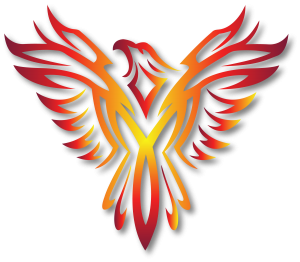 This is our school: a place of knowledge, tolerance, respect and understanding. We welcome the people who want to be here, and we invite them to share in our unique learning community.
This is our school: a place of knowledge, tolerance, respect and understanding. We welcome the people who want to be here, and we invite them to share in our unique learning community.